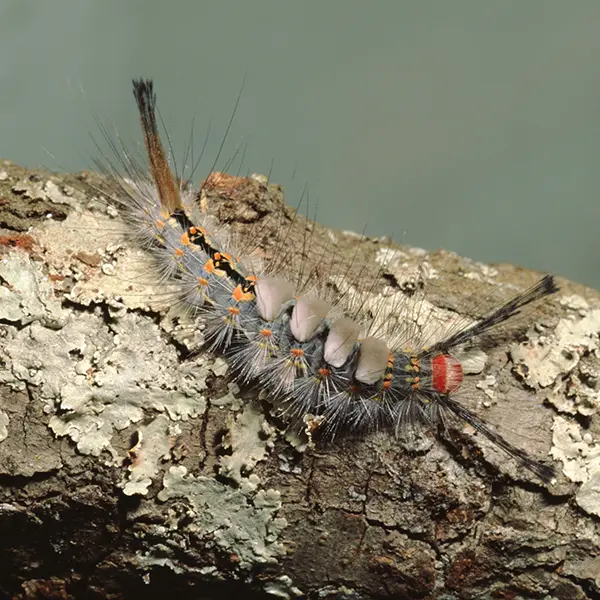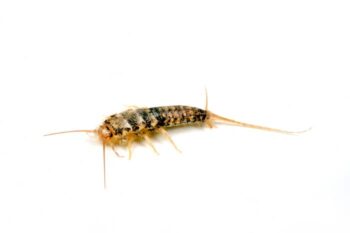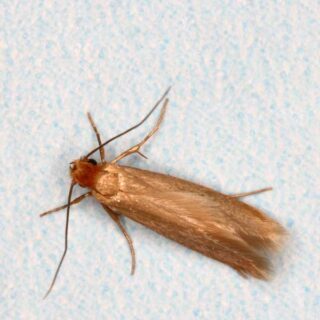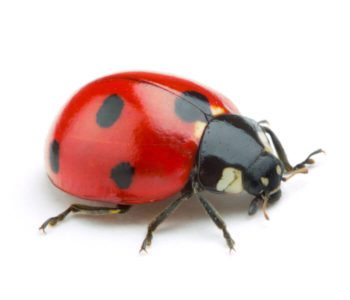Identifying Tussock Moth Caterpillars In Florida
Tussock moth caterpillars, often seen as colorful yet curious residents of Florida’s diverse ecosystems, can be both fascinating and concerning for gardeners and outdoor enthusiasts alike.
Known for their noticeable hair tufts and vivid colors, tussock moth caterpillars use these features to ward off predators and signal the risk of skin irritation to humans. While their vibrant look may draw attention, it’s essential to identify them accurately to understand their role in the environment and any potential impacts on local flora
Also known as spotted caterpillars, Tussock moths are notable for their caterpillars, which are prevalent in many ecosystems. These insects go through a life cycle that includes egg, larva (caterpillar), pupa, and adult moth stages, with the larval stage being particularly damaging.
Certain species have urticating hairs or carry toxins that can cause dermatitis or allergic reactions on contact.
Where in Florida Do Tussock Moth Caterpillars Live?
Tussock moth caterpillars are found throughout Florida, thriving in various habitats, including forests, woodlands, and urban areas. They are particularly common in areas with abundant vegetation, as their primary diet consists of the leaves of hardwood trees such as oaks, willows, and maples.
These caterpillars prefer sunny locations where they can easily access food sources while also seeking shelter among foliage to avoid predators. They thrive in diverse environments such as woodlands, urban parks, and residential gardens, anywhere there are enough host plants to support their diet. Spotted caterpillars primarily eat leaves from a variety of trees and shrubs.
Their feeding habits often result in significant foliage loss, especially in localized areas. Although they favor trees like oak, maple, birch, and poplar, they are not exclusive and can feed on several plant types simultaneously.
How Common Are Tussock Moth Caterpillars in Florida?
Tussock moth caterpillars thrive in Florida primarily due to the state’s warm, humid climate, which provides ideal conditions for their growth and development.
The abundant vegetation, particularly hardwood trees like oaks, willows, and maples, offers ample food sources.
Additionally, warm temperatures promote faster growth and a longer feeding season, allowing the caterpillars to develop more rapidly and reproduce multiple generations yearly. High humidity levels help maintain the moisture necessary for their survival, reducing the risk of dehydration.
Florida’s diverse ecosystems, including forests, wetlands, and urban areas, create numerous habitats where these caterpillars can flourish.
Are Tussock Moth Caterpillars Dangerous?
Tussock moth caterpillars are not typically dangerous, but they can be risky and should be observed from afar. While these pests mainly pose a threat to plant life through defoliation, they can also be a hazard to human health. Their distinctive hairs can release toxins that lead to severe skin reactions and allergies.
If spotted it is advisable to consult a pest control expert to manage the infestation effectively. Handling these caterpillars may lead to discomfort, so it’s best not to pick them up for risk of an adverse reaction.
In general, their presence is a natural part of Florida’s biodiversity, and when managed appropriately, they generally do not pose significant threats to humans or the environment.
If you are dealing with excess Tussock Moth Caterpillars on your property, contact your local insect control professional at Bug Out.
Need help with Tussock Moth Caterpillar control?
Need Pest Control Service?
Leave your information below and we’ll be in touch with a FREE quote!
"*" indicates required fields
*During normal business hours. After hours calls will be returned the next business day.
FAQs
How Do You Get Rid of a Moth Caterpillar Infestation?
Handling these caterpillars may lead to discomfort, so it’s best not to pick them up for risk of a skin reaction.
However, you can repel tussock moths by pruning affected foliage to reduce their food supply. Consider applying natural pesticides, such as neem oil or insecticidal soap, directly to the affected areas to target the caterpillars while being safe for beneficial insects. Additionally, promoting natural predators, like birds and parasitic wasps, can help control their population. Regular monitoring of your plants will help you catch any new infestations early.
For persistent infestations, contact your local pest control experts.
I Have Tussock Moths. When Should I Spray Them?
It’s generally advised not to spray tussock moths with insecticides unless you have a heavy infestation. If you need to spray them, catch the moths during their early instar stage when they are smaller and more vulnerable. This typically occurs in late spring to early summer, depending on the specific life cycle and local climate. Always follow the label instructions for any pesticide and consider using organic options for a more environmentally friendly approach.
For a more effective approach to a tussock moth infestation, contact your local insect removal experts.
Are Tussock Moths a Problem?
Tussock moths can be a problem when their populations reach high densities, as they can cause significant defoliation to trees and shrubs, especially hardwoods. This defoliation can stress the plants, making them more susceptible to disease and pests. In urban areas, their presence may also be a nuisance due to the potential for allergic reactions from their irritating hairs. However, in a balanced ecosystem, tussock moths play a natural role, and their populations typically self-regulate.
How Long Is Tussock Moth Caterpillar Season?
Tussock moth caterpillar season (the season when these moths first hatch as caterpillar larvae before becoming adult moths) generally spans from late spring to early fall in Florida – though with warmer winters occurring statewide, there’s a higher chance these caterpillars could hatch earlier than expected.
Typically, caterpillars emerge after eggs hatch in late spring, feeding on foliage throughout the summer before pupating in late summer to early fall. After pupation, adult moths emerge, completing the life cycle. This seasonal pattern allows for multiple generations within a single year in warmer climates.





